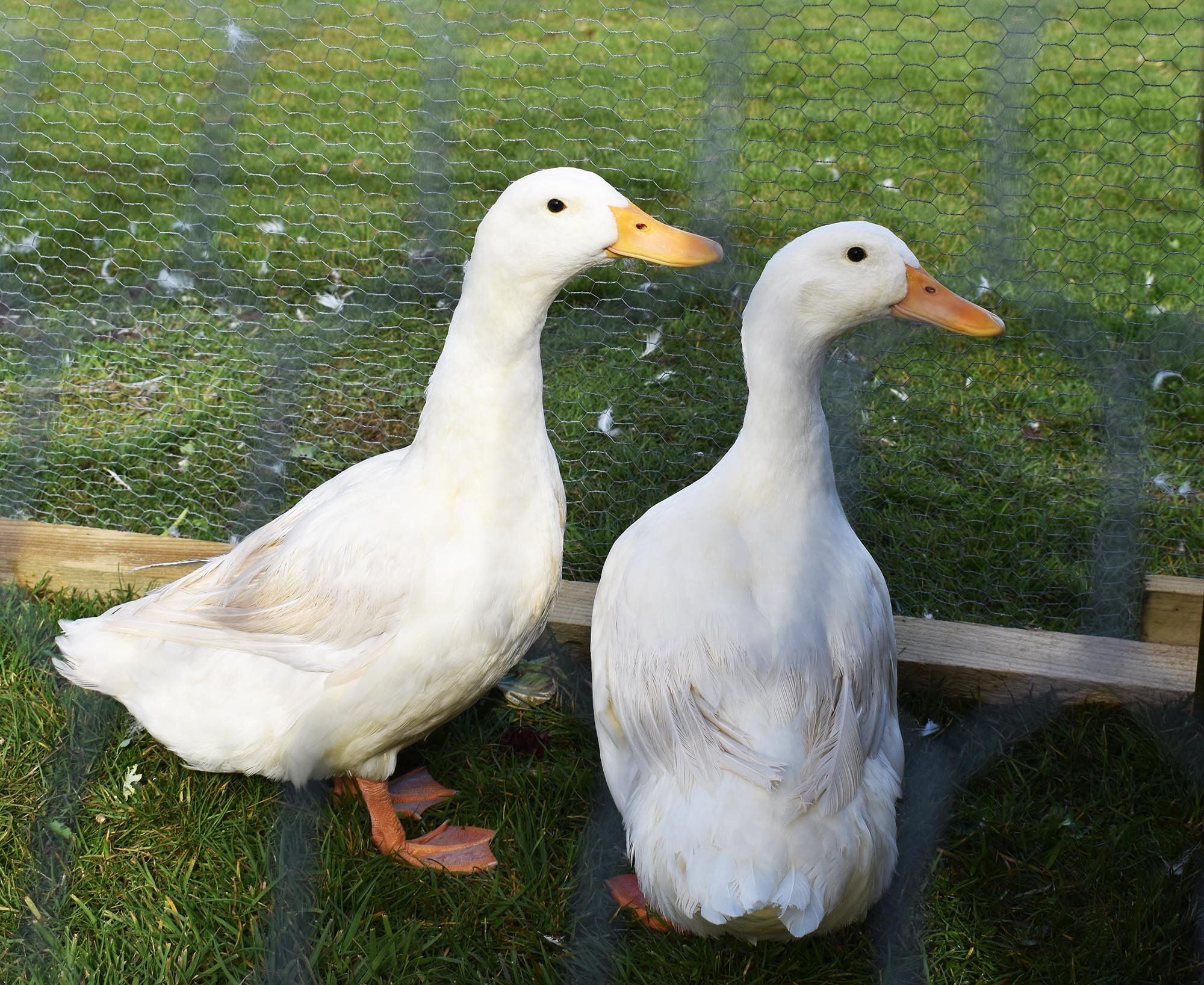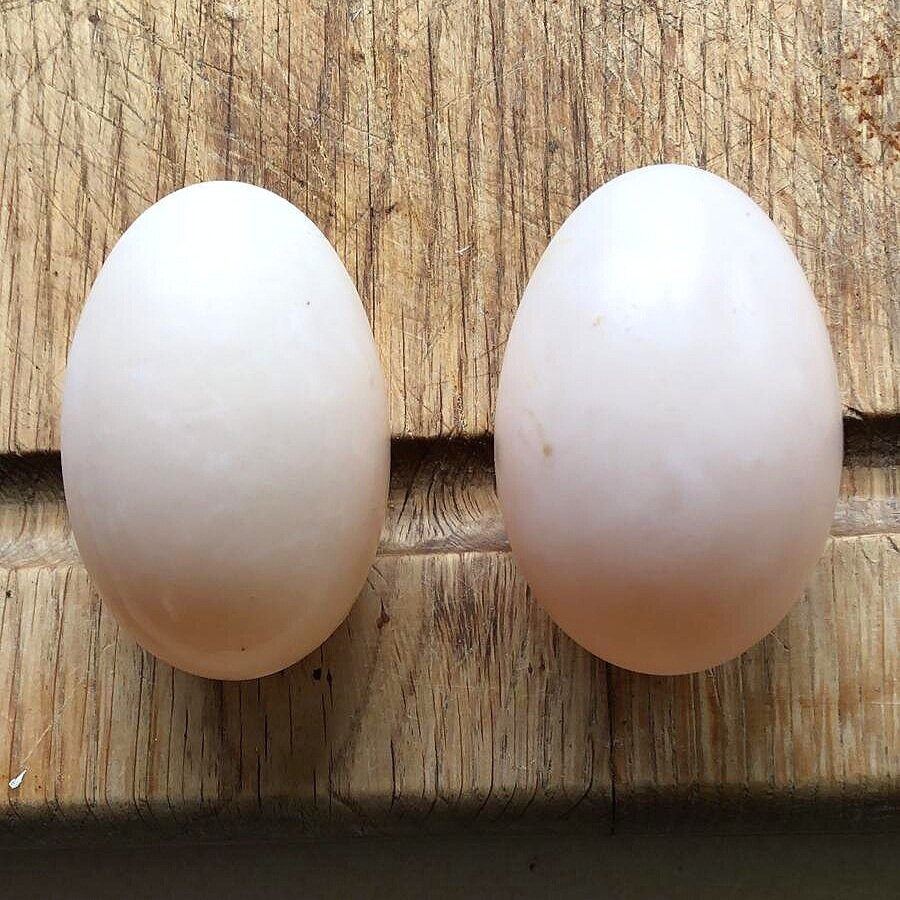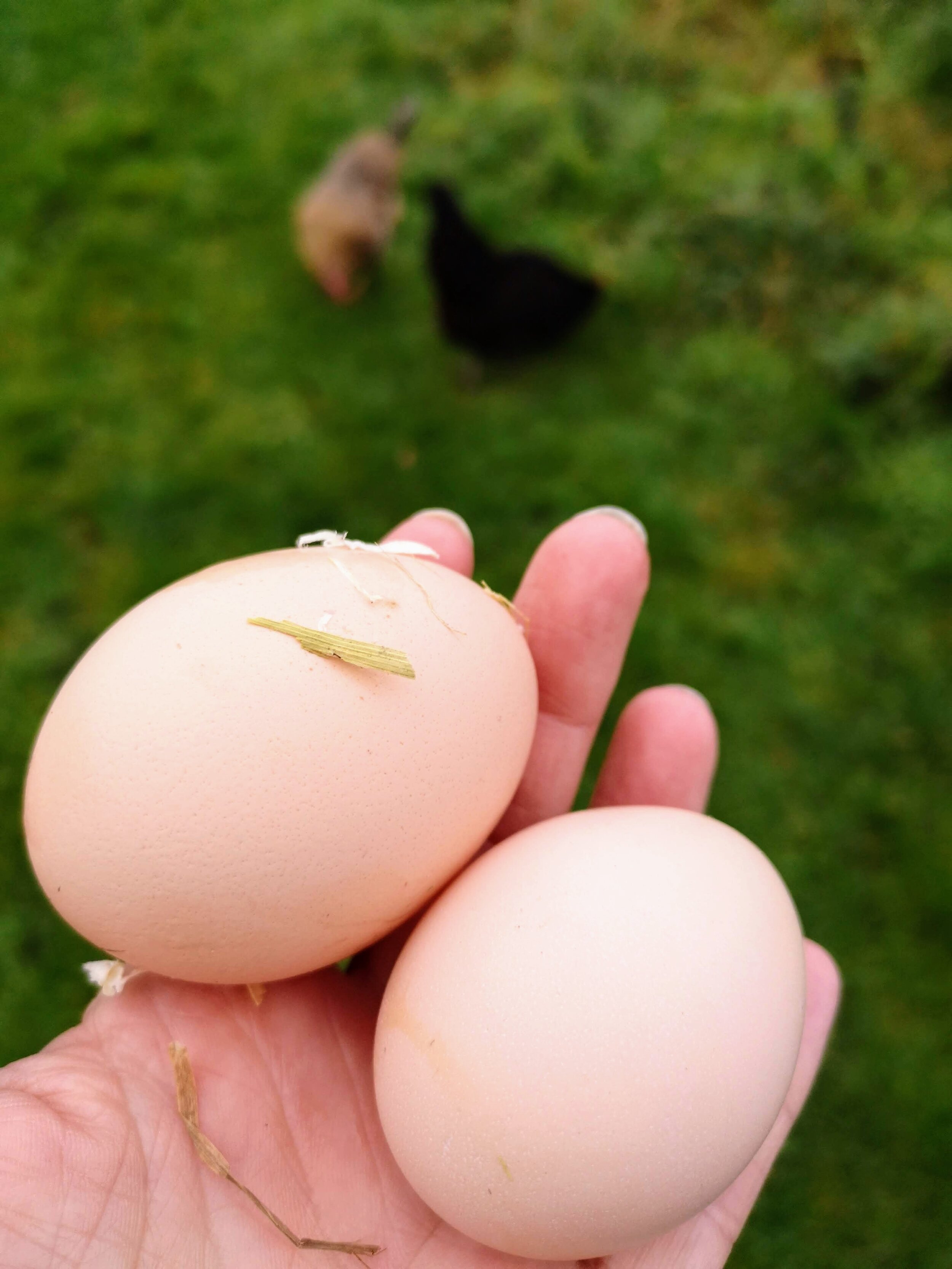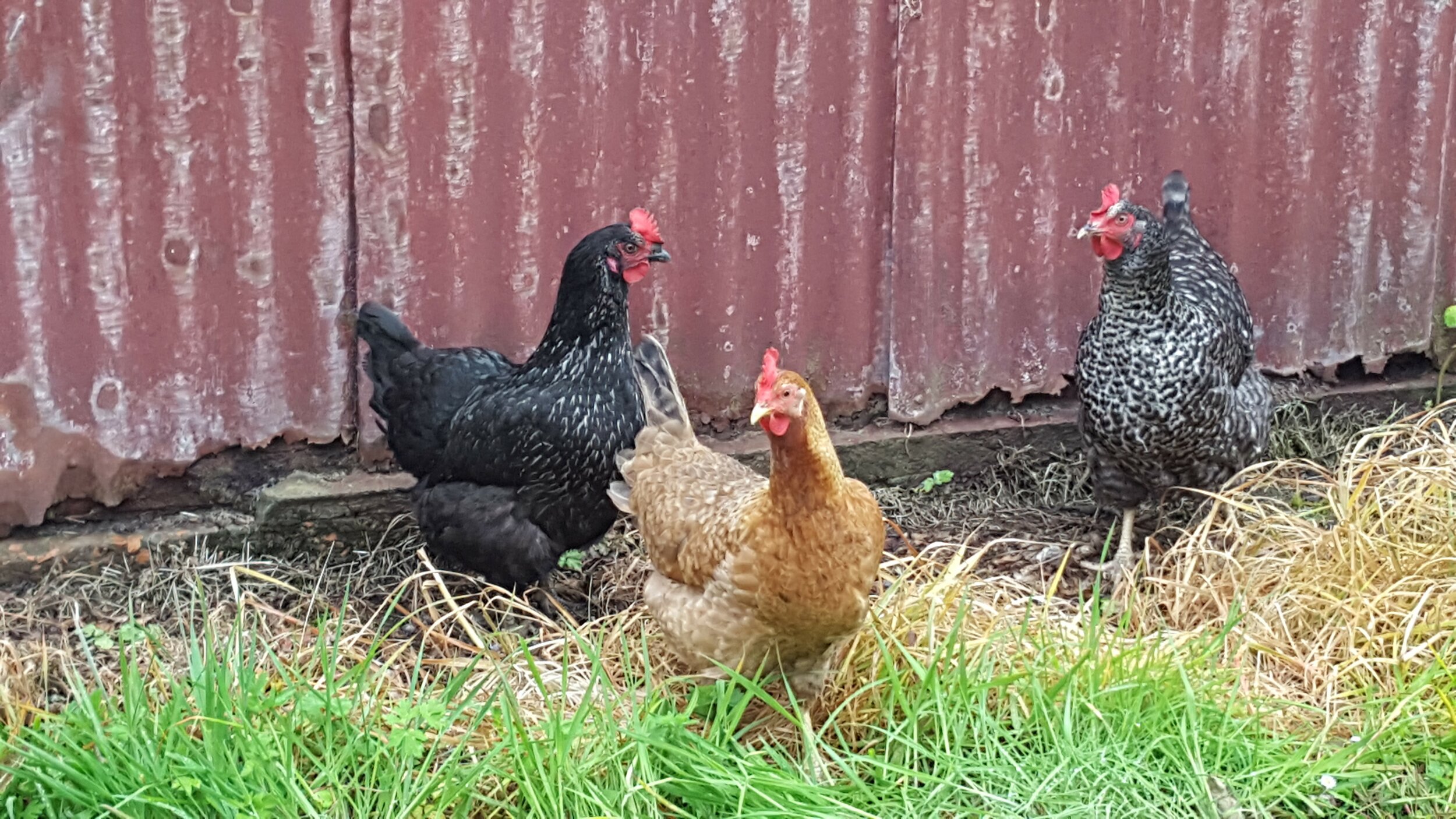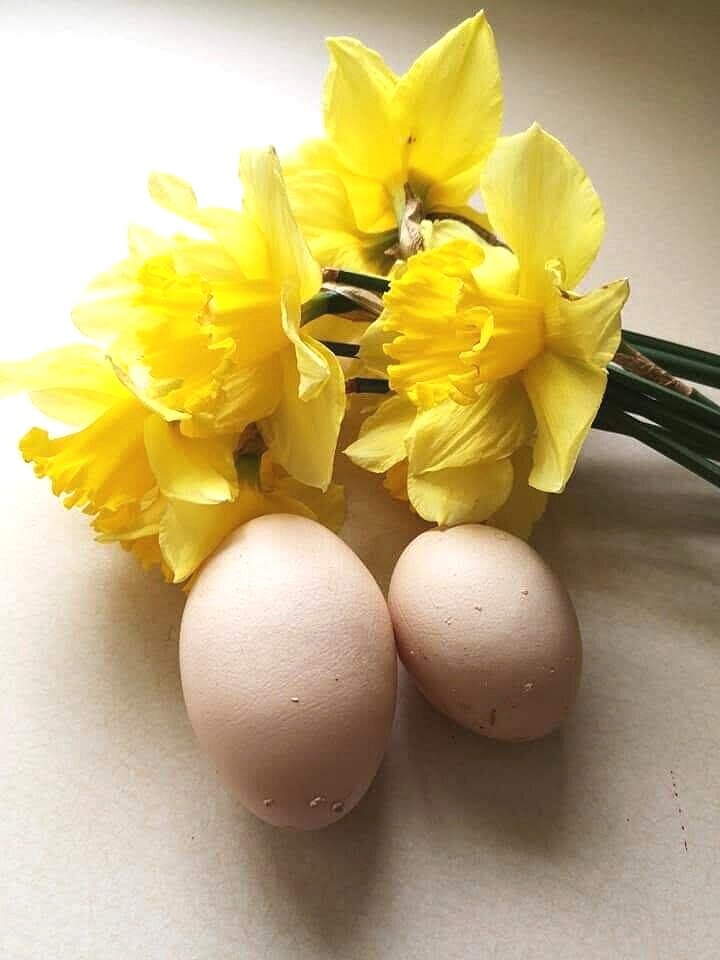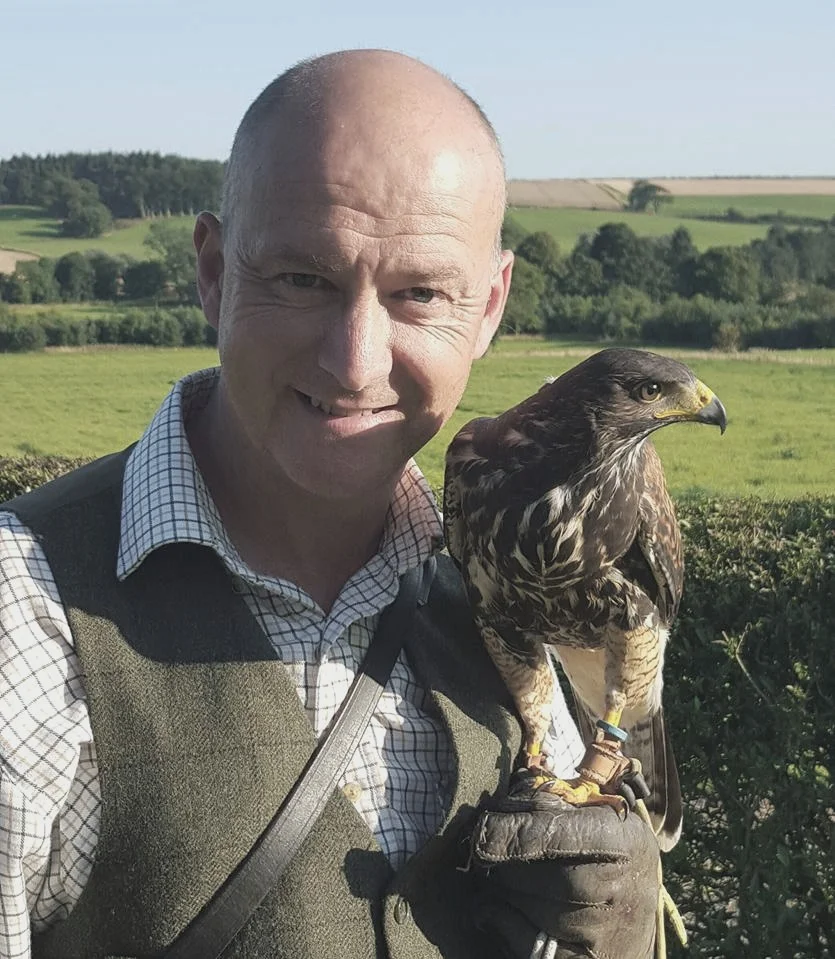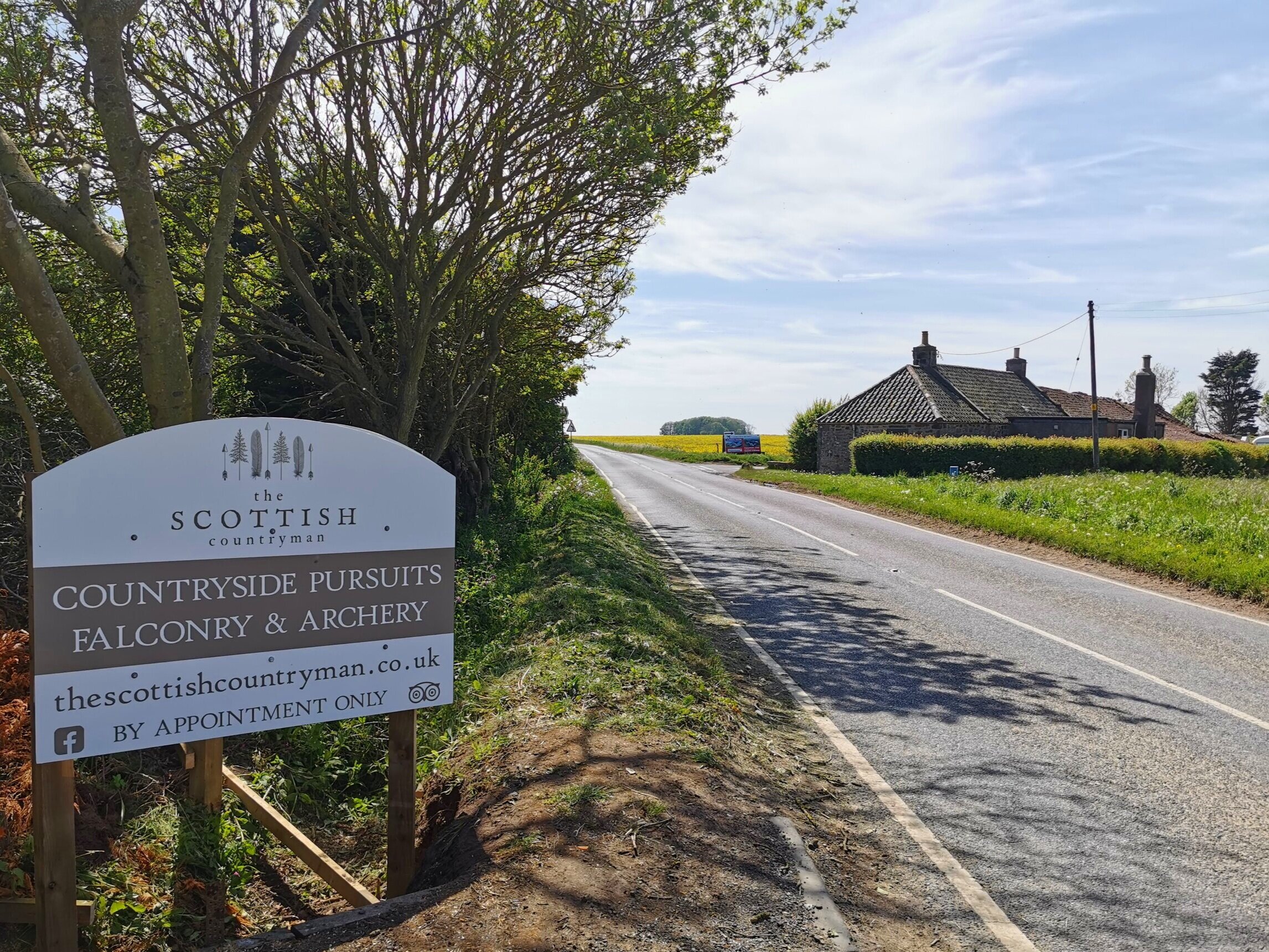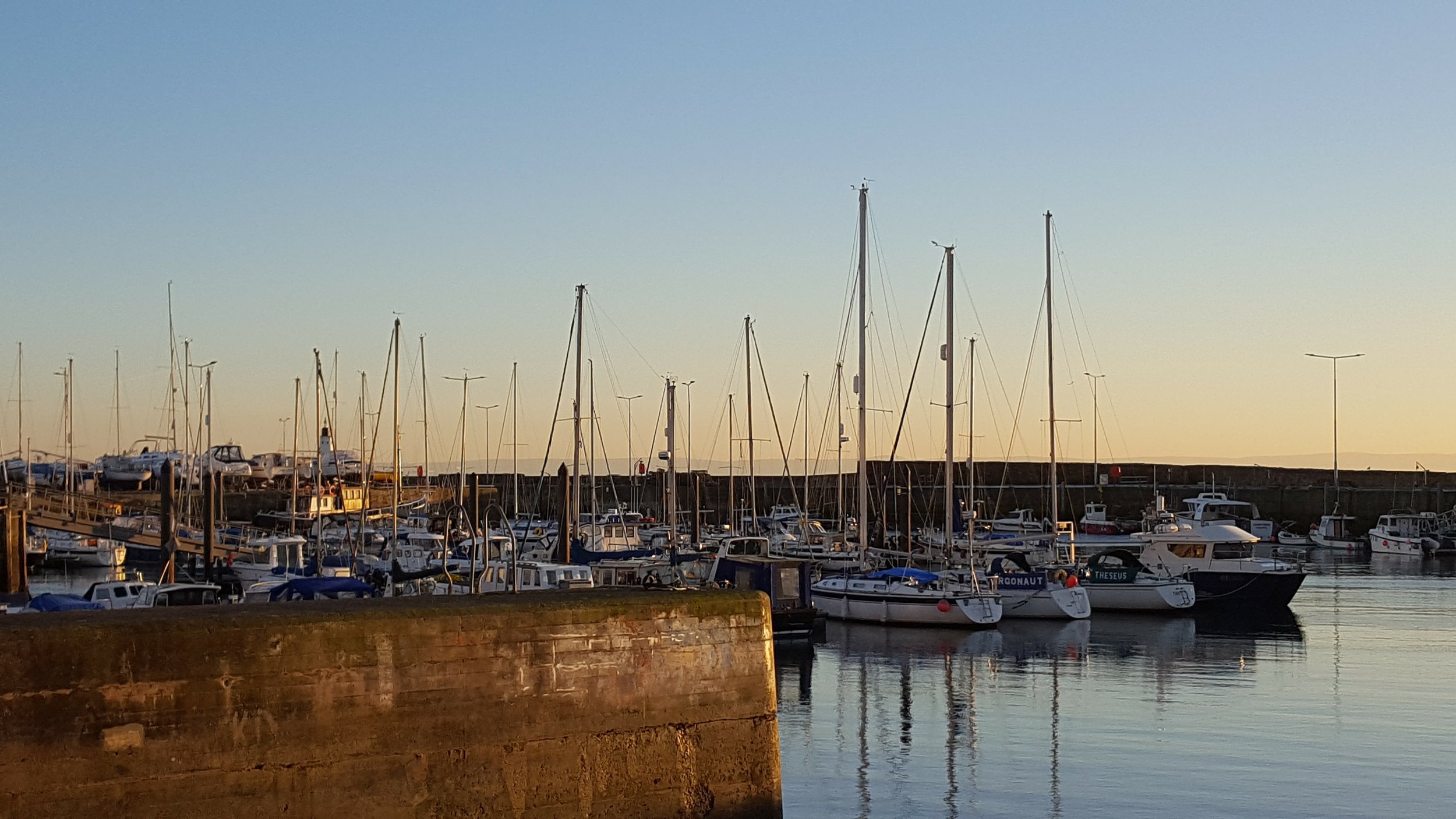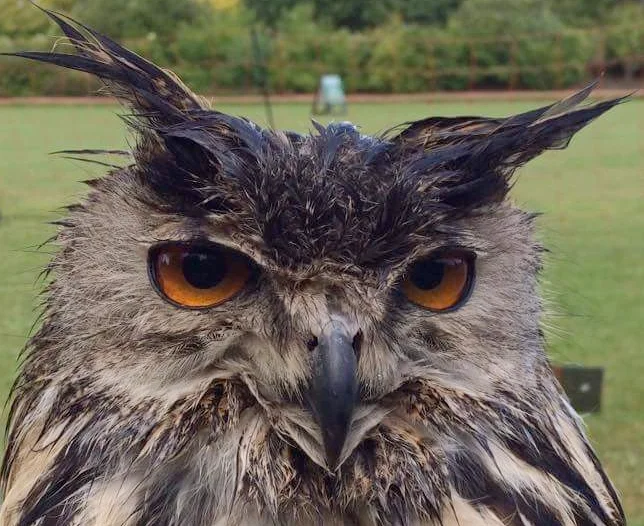10 things you didn't know about eggs
/How much do you know about eggs?
Eggs are one of our most popular foods and they’re familiar to everybody - especially at Easter - but how much do you really know about eggs?
How are they made and laid? When are they fertilised? How long does it take to form an egg? Not sure? We’ve got all the info you need to become an Egg-head, so read on to brush up on all things egg. Well, not all things. We’re not dealing with the chicken-and-the-egg problem here! But we are covering how eggs are formed.
Ready? Let’s crack on…
10 things you (probably) didn’t know about eggs:
Creating an egg takes about 21 -24 hours.
A hen’s egg takes 21 days to hatch.
What leaves the hen’s ovary first is the yolk, which - at that stage - is known as an oocyte.
Eggs don’t need to be fertilised in order to be made.
Farmyard hens bred for laying can lay around 300 eggs a year.
The insides of an egg are held in place by two strands of protein, known as the chalazae
The shell is the last part of the egg to be formed.
Eggshell is porous; it allows air in and carbon-dioxide out.
An egg is laid blunt-end first.
Eggs are associated with Easter because the egg represents the tomb and Jesus’s rebirth
How did you do?! 10 out of 10? Ready to find out more?
How eggs are made
Hens’ eggs take about 21 hours to lay and 21 days to hatch. Eggs begin life as a yolk - just a yolk, nothing else. When it first leaves the hen’s ovary, a yolk is known as an oocyte.
A what, now?
I know. There’s a whole new world of egg vocabulary! I’ve listed the key terms below, next to a diagram I found online.
Anyway, as I was saying, the yolk / oocyte leaves the ovary and it joins something of an assembly line, where all of the various components that make an egg an egg are added in until, finally, it’s wrapped in eggshell and laid!
Egg assembly line
So, the first thing that’s added to the yolk when it leaves the ovary and joins the assembly line (oviduct) is sperm, if it’s being fertilised. But you don’t need fertilisation to create the egg - hens lay anyway. In the wild, hens lay 2-12 eggs and brood them; our domesticated hens have been bred to lay multiple times and many of today’s modern farm breeds can lay 300+ a year. However, the key point is that eggs form anyway, with or without fertilisation.
To protect the yolk, a membrane (vitelline membrane) covers it, containing it. Next, two layers of albumen (egg white) are added – a thicker one that wraps around the yolk’s membrane and a thinner one around that. Then, there’s a final double layer of transparent membrane that prevent bacterial invasion and act as the inner layer for the shell. These are the chorion and allantois membranes.
As the egg, which is now a yolk surrounded by the white, moves through the hen’s oviduct, it rotates, spiralling its way down the ‘assembly line’. This rotation creates the chalazae.
A chalaza is made of protein and it’s like a twist of thread that anchors the yolk inside the egg, securing it top and bottom, to keep it in place. Once those two chalazae are in place, the shells starts to form around the whole lot. This is the bit of the process that takes the longest – about 19 or 20 hours.
Hens’ eggs, laid by Nancy, Ada and Joan at Hammer Inn
Eggshell is mostly made from a mineral called calcite, a calcium carbonate that creates quite an amazing ‘container’! Crucially, it’s porous; there are as many as 17,000 tiny pores in each egg. This means that the shell can let oxygen in and carbon dioxide out, which is what keeps the chick alive, if there is one.
The eggshell comes out coated in a thin wax-like substance (cuticle) that seals it and it is a surprisingly tough surface, able to withstand some knocks and bumps without cracking. Once the shell is formed, the egg leaves the oviduct ‘blunt’-end first (the widest end of the egg, I mean). (Did you know that? Would you have even guessed that?!)
And, once laid, that’s when the egg’s 21 days countdown to hatching begins - if the egg was fertilised, of course. Here are some very chirpy wee chicks from the Royal Highland Show
Bonus fact:
In a fertilised egg, the yolk does not become the chicken. There is a germinal disc on the side of a yolk (see below) that becomes the chick alongside the yolk. As the chick grows, it absorbs the yolk sac into its abdomen, providing it with all the nutrients it needs when its first hatched.
An egg is rather like a spaceship: it contains everything that a baby chicken needs to go on a strange journey from fertilization to emerging as a chick, to travel from being a tiny bundle of cells to a fully formed chick, ready to start pecking at the world.
A cross-section of an egg
Egg Vocabulary
oocyte - yolk just-released from the ovary
albumin - white
chalaza - holds the yolk in place in shell
vitelline membrane - contains the yolk
oviduct - the hen’s egg production system
chorion membrane - outer shell membrane
allantois membrane - inner shell membrane
So, there you have it! Your introduction to egg production.
My sources are listed below, along with useful links and our recommendations.
Sources
https://www.enchantedlearning.com/subjects/birds/info/chicken/egg.shtml
https://www.cnet.com/news/appliance-science-the-biology-of-the-chicken-egg/
Links
TSC Pinterest board: Countryside life
Hens Made Easy (for poultry supplies in Fife)
TSC Recommends
Willow and Maude. our cherry valley white ducks
I hope you enjoyed this post? Did learn anything new or did you know it already? Post your questions or comments below - I’m always happy to hear from you.


